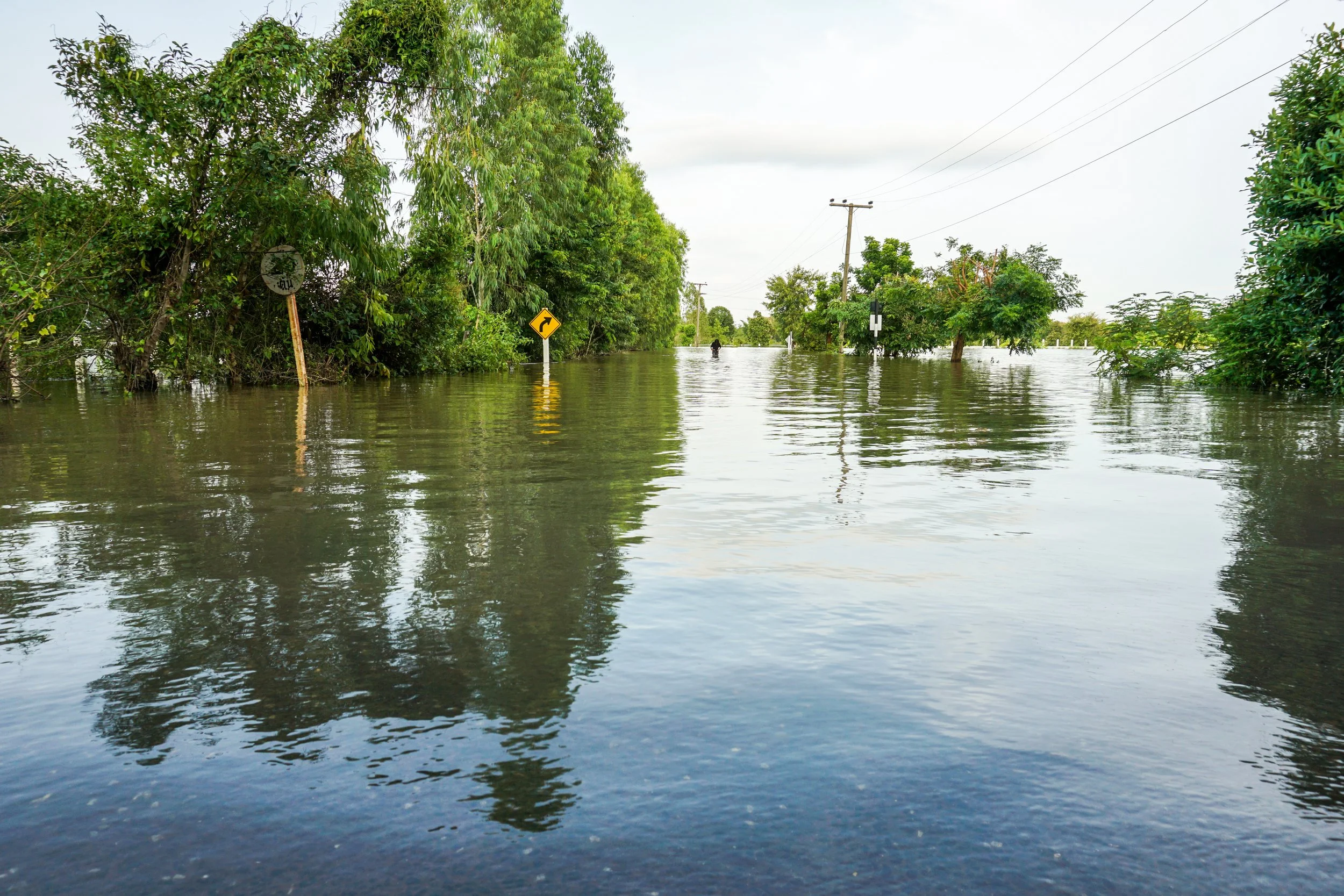Those of us in Connecticut breathe a sigh of relief as hurricane season comes to a close. While our premiums may be impacted by weather events nation-wide, we certainly empathize with others dealing with catastrophic devastation, and the resulting clean-up, rebuilding process.
As you purchased your home you obtained homeowners insurance. Maybe the coverage amount was dictated by your mortgagee, who wanted to be sure their loan was properly secured. Maybe you sought the advice of an insurance professional and took coverage to ensure your home could be replaced in the event of destruction by fire, hurricane or other disaster.
As the years go by, premiums escalate. Some people leave coverage the same, some many tinker with the coverage to offset the rising cost, yet few bother to increase their coverage amount. According to a survey by APCIA, “Only 30 percent of insured homeowners have purchased more insurance or increased coverage limits to compensate for rising building costs. Additionally, among insured homeowners who completed renovations or remodels during the pandemic, less than half (40%) have updated their home insurance to account for those changes.”
Homeowner insurance typically covers hurricane damage, including from wind, falling trees and water damage, other than from a flood. Flood insurance may be necessary to cover overland flooding — including storm surges or heavy rainfall that causes a river or lake to overflow. An astonishing 32.6% of survey respondents indicated that they have flood insurance. Suprisingly, the Insurance Information Institute’s data says only 4% have flood insurance nationwide. Do homeowners really know if they have flood coverage?
We recommend speaking with your insurance agent annually about your coverage. In addition to discussing flood insurance, ask about your replacement cost coverage and if you have an automatic inflation guard to keep pace with inflation. You should also inquire about extended coverage and additional living expense reimbursement for times of natural disaster, when prices are likely to skyrocket.
Lastly — perform a home inventory on an annual basis. Having a record of your home’s content can simplify your claim process should disaster strike. Photos and videos are very helpful, especially when stored in the cloud!

